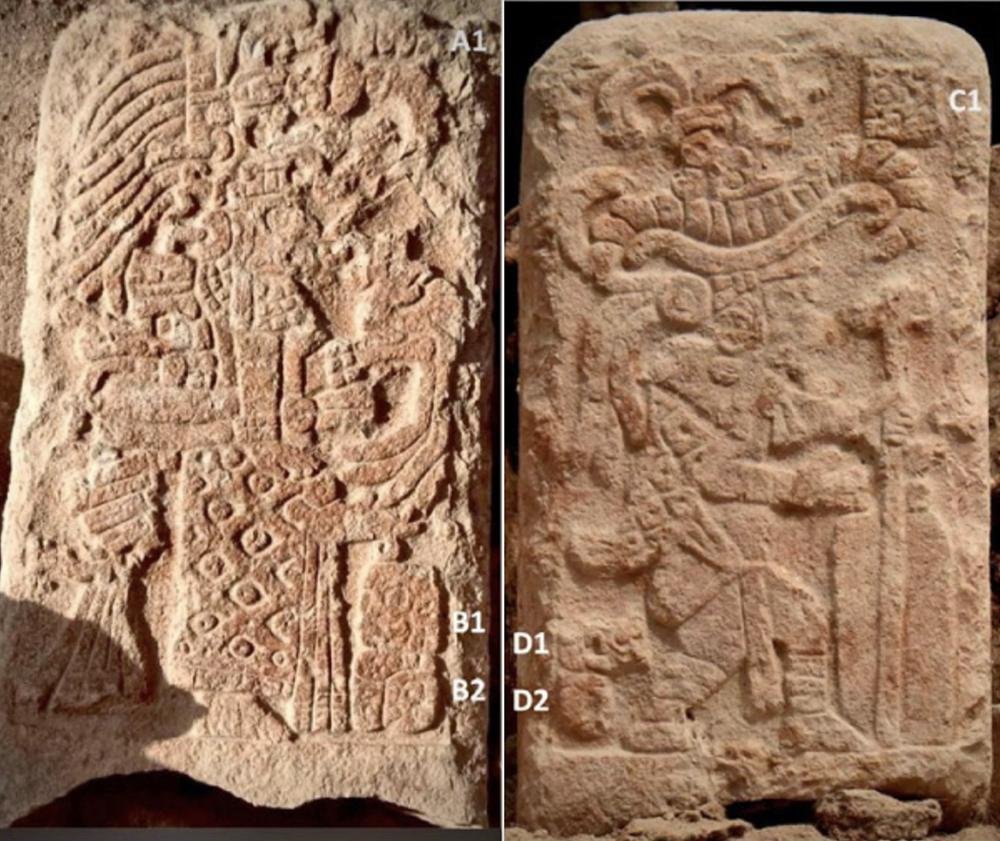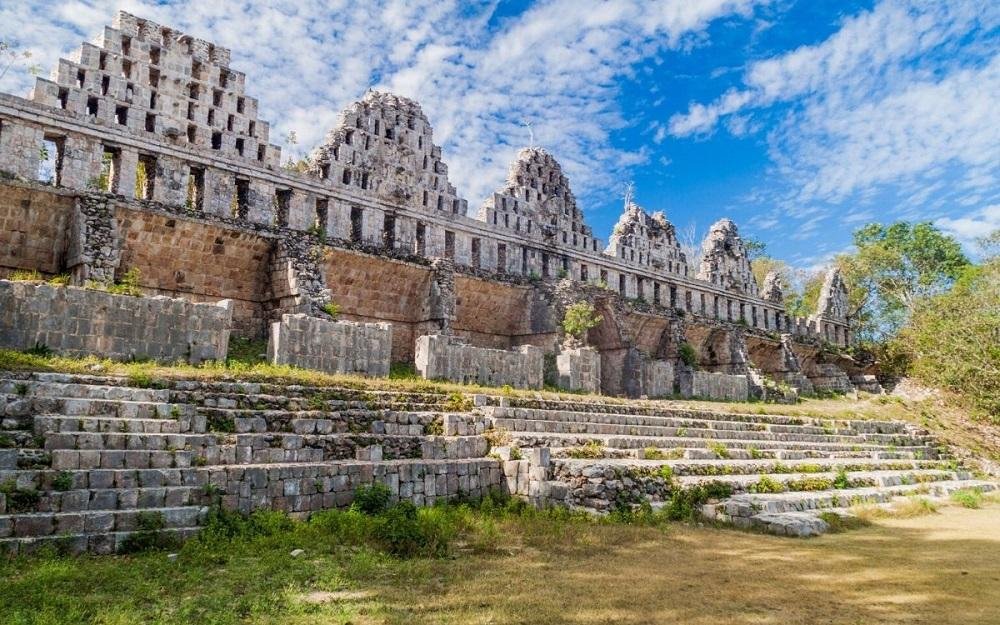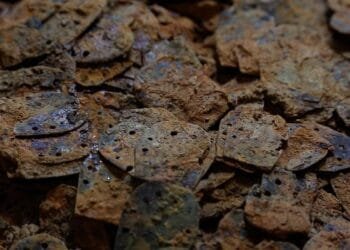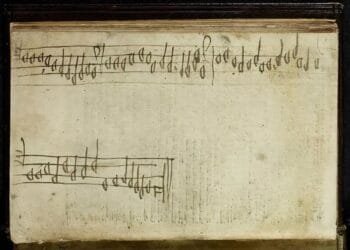Archaeologists from the National Institute of Anthropology and History (INAH) uncovered a dual Maya Stela at the Yucatán Peninsula archeological site of Uxmal.

The director of the INAH, Diego Prieto, announced during AMLO’s Thursday press conference the discovery of the Maya stela, which he described as “a commemorative dual stela because it is carved on both sides.”
The stone depicts two deities, one female and one male, who are thought to represent life and death on both its front and reverse.
The stele was discovered in a sunken patio at the El Palomar complex, which is part of a group of four palaces surrounding a courtyard, of which only the northern front remains.
A female deity is depicted on the north side of the stele wearing a pectoral with three rows of pearls, bracelets, and a patterned skirt. In her left hand, she appears to be holding a quetzal bird.
Uxmal was a Maya polity in the Puuc region of Mexico’s eastern Yucatán Peninsula.The present name seems to be derived from Oxmal, which means “three times built.”
According to Maya chronicles, the city was founded in the year 500 and grew to become one of the most powerful Maya polities in western Yucatán.
The region was known for its architectural style, which flourished between 600 C.E. and 900 C.E. during the Late Classic Period. The Puuc style is characterized by its use of limestone, smooth wall surfaces, and plaster or stucco finishes. The rain god Chac is often seen on Puuc structures.
 The researchers believe female and male deities represent the duality of life and death, because these representations are common in the Puuc and Chenes cultural areas, the state’s south, and the Yucatan peninsula.
The researchers believe female and male deities represent the duality of life and death, because these representations are common in the Puuc and Chenes cultural areas, the state’s south, and the Yucatan peninsula.


























